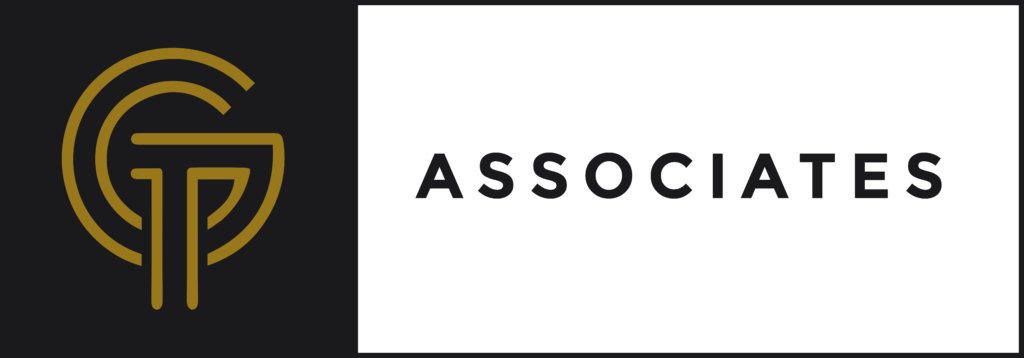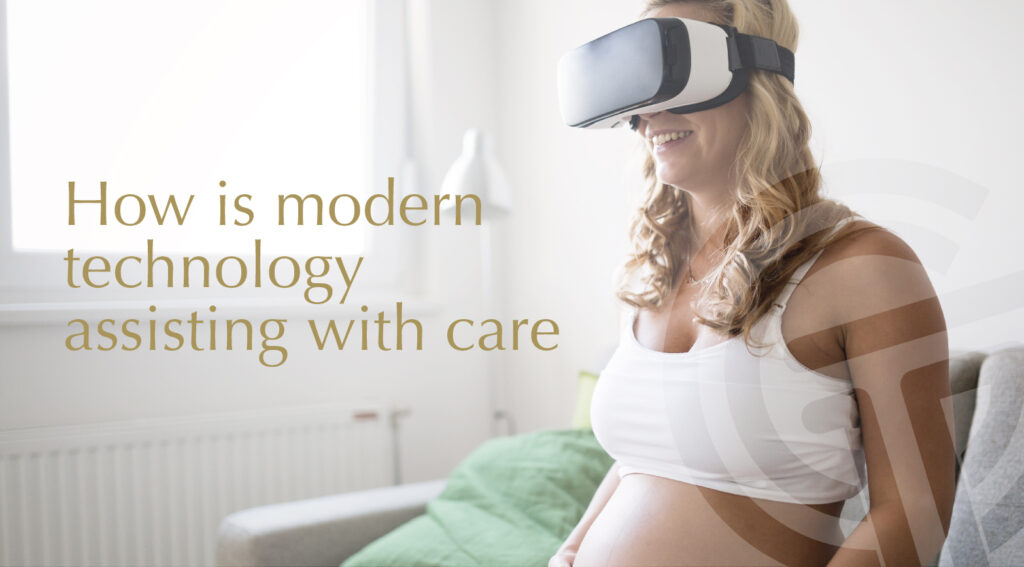Technology has revolutionised the overall approach to healthcare by making the process more efficient, accurate, accessible, and personal. As technology continues to advance, so too will the approach to medical care, evolving to a space where digital health technologies go hand-in-hand with face-to-face care.
According to the National Center for Biotechnology Information (NCBI), clinicians, health services researchers, and others have been investigating the use of advanced telecommunications and computer technologies to improve health care for more than 30 years.
Technologies such as x-ray machines and MRIs have led the way in healthcare advancements, though technology today continues to progress, with new phenomenon’s becoming an integral part of the medical profession in all areas from diagnosing and treating patients, to managing medical records.
Here, we take a look in more detail into how technology is changing care, and the positive difference it’s making for the entire health profession.
Using technology in care is much more efficient
By automating manual tasks such as prescription refills and lab tests, technology has helped to speed up the process of receiving healthcare, and the level of efficiency that has been brought on board with the rise of growing tech has proven to be invaluable.
A prime example of this is the use of electronic health records (EHRs). EHRs are digital versions of a patients’ medical records that can be accessed by healthcare providers anywhere across the globe, allowing doctors to get a complete understanding of their patient’s medical history and make better-informed decisions about their care.
Online pharmacies are also an example of efficient healthcare thanks to technology, as patients are now able to order prescription drugs from the comfort of their homes, eliminating the need to go to a physical pharmacy.
Overall, technology has made healthcare more efficient and accessible for everyone. It has allowed doctors to provide better care for their patients and has made it easier for patients to access the healthcare they need.
Using technology helps provide more accurate healthcare
Technology provides medical professionals with new ways to diagnose and treat their patients, meaning they are able to diagnose illnesses with more accuracy than ever before.
For example, CT scans and MRIs have allowed doctors to see inside the body in ways that were not possible before, therefore leading to a more accurate diagnoses. Additionally, advances in pharmaceuticals and medical devices have helped to improve patient outcomes and reduce the incidence of medical errors.
Using technology does not take away from a personalised experience
Online tools allow patients to track their own health data and communicate with their doctors digitally, allowing for a more collaborative doctor and patient relationship.
Patients are also now able to access a more personalised healthcare experience thanks to health tracking apps and smart devices, all of which can monitor their heart rate and blood pressure.
With this, technology can provide tailored care to each individual. This means that patients no longer have to settle for a one-size-fits-all approach to healthcare, and doctors can use technology to create a plan which is unique to each patient.
Using technology in care is highly cost effective
Thanks to technology, any medical procedures that typically require expensive hospital stays can now be performed in outpatient clinics at a mere fraction of the cost. For example, innovations in medical imaging can lead to significant reductions in the cost of diagnostic procedures. In addition, the use of electronic health records can help to improve the efficiency of healthcare delivery, resulting in savings for both healthcare providers and patients alike.
Technology allows healthcare to stretch into virtual reality
Virtual reality (VR) has captured the attention of clinical researchers and medical practitioners around the world, with healthcare simulations officially making their way into UK hospitals in summer 2022.
NHS England awarded two hospital trusts £400,000 to test this cutting-edge technology, allowing them opportunity to look at how VR is redefining the healthcare space in ways such as:
- Surgery streaming: which offers an enriched learning experience that accurately replicates real-life scenarios, and enables surgeons to train in a risk-free environment.
- Treating anxiety: where patients are given the option to wear a VR headset prior to and during procedures. This means that rather than staring at the ceiling, they are transported to somewhere with calming surroundings, helping them to relax in what would otherwise be a very tense situation.
- Treating pain: particularly for women going through labour, VR is a welcome distraction for women who wish to avoid epidurals.
- Treating phobias: where exposure therapy collaborates with VR to develop strong coping strategies when faced with their phobias in real life, and is practised in a secure and controlled environment.
Technology can be instrumental in supporting post injury care
For any patient facing rehabilitation, technologies such as VR can be incorporated into games that enable participants to practise movements or develop skills in an environment that is safe, engaging and challenging.
For example, ‘Bandit’s Shark Showdown’ is a VR game created at Johns Hopkins School of Medicine, which challenges users to control a dolphin’s movements with a robotic arm. This is being used as a tool for stroke rehabilitation, and is helping to radically increase the amount of movements undertaken in a treatment session, with predicted gains in function and overall outcome.
These technologies do not need to be custom-built however, or expensive. Some exist already, including Microsoft Kinect which can sense and represent movement without requiring the user to hold a controller or wear markers. With this, the technology helps to provide an engaging and fun experience, all whilst training the patient to regain their strength and recover effectively.
Together, physical healthcare services and technology becomes ‘telemedicine’
Telemedicine is a combination of mainstream and innovative information technologies, and is the use of electronic information and communications technologies to provide and support health care when distance separates the participants.
In some respects, telemedicine is already commonplace, with familiar uses being telephone consultations between patients and clinicians, and using radio to link emergency medical personnel to medical centres.
However, the other end of the telemedicine spectrum are experimental innovations such as telesurgery, in which a surgeon receives visual and tactile information to guide robotic instruments to perform surgery at a distant site.
Between these two ends of the spectrum lies an array of technology use, including video, audio, and data transmission applications. Some of these technologies may be quite expensive, for example the use of interactive video conferencing which allow clinicians to see, hear, examine, question, and counsel distant patients for real-time diagnostic and therapeutic purposes. Whereas other technologies permit digital images to be saved and transmitted relatively cheaply to consultants who can receive and interpret them when convenient, therefore offering more scheduling flexibility for those on both ends of the communications link.
But ultimately, telemedicine is a family of very diverse technologies, meaning that consistent education, research and public health awareness will always be of the utmost importance as new technologies continue to emerge in the healthcare sector.
How TG Associates can help
Advancing technologies in healthcare is likely to play an integral part in the future of the sector, providing many benefits to staff and patients alike, and whilst there is excitement around the chance to use new innovations, the priority will always be to provide Care, Aids and Equipment reports that are of high-quality, with recommendation that may include safe and dignified care. Care cannot at this juncture be replaced by technology; however, it can be enhanced. All our associates attend at Naidex and/or the OT show and are up to date with technology advancements. As an organisation we develop this knowledge at our associate days where latest innovations are discussed.
At TG Associates, we’re committed to understanding latest innovations and the constantly look at changing rates in agency care and how we can source other means of care. Our associate team are here to help. We’d be happy to help and answer any questions you may have; email info@tessagough.co.uk or browse our website at www.tessagough.co.uk to see our vast array of associates and the specialities they cover.




